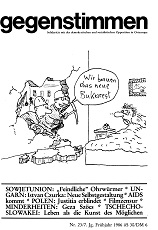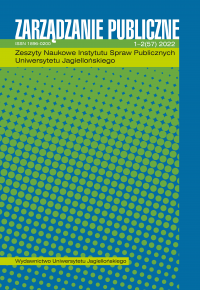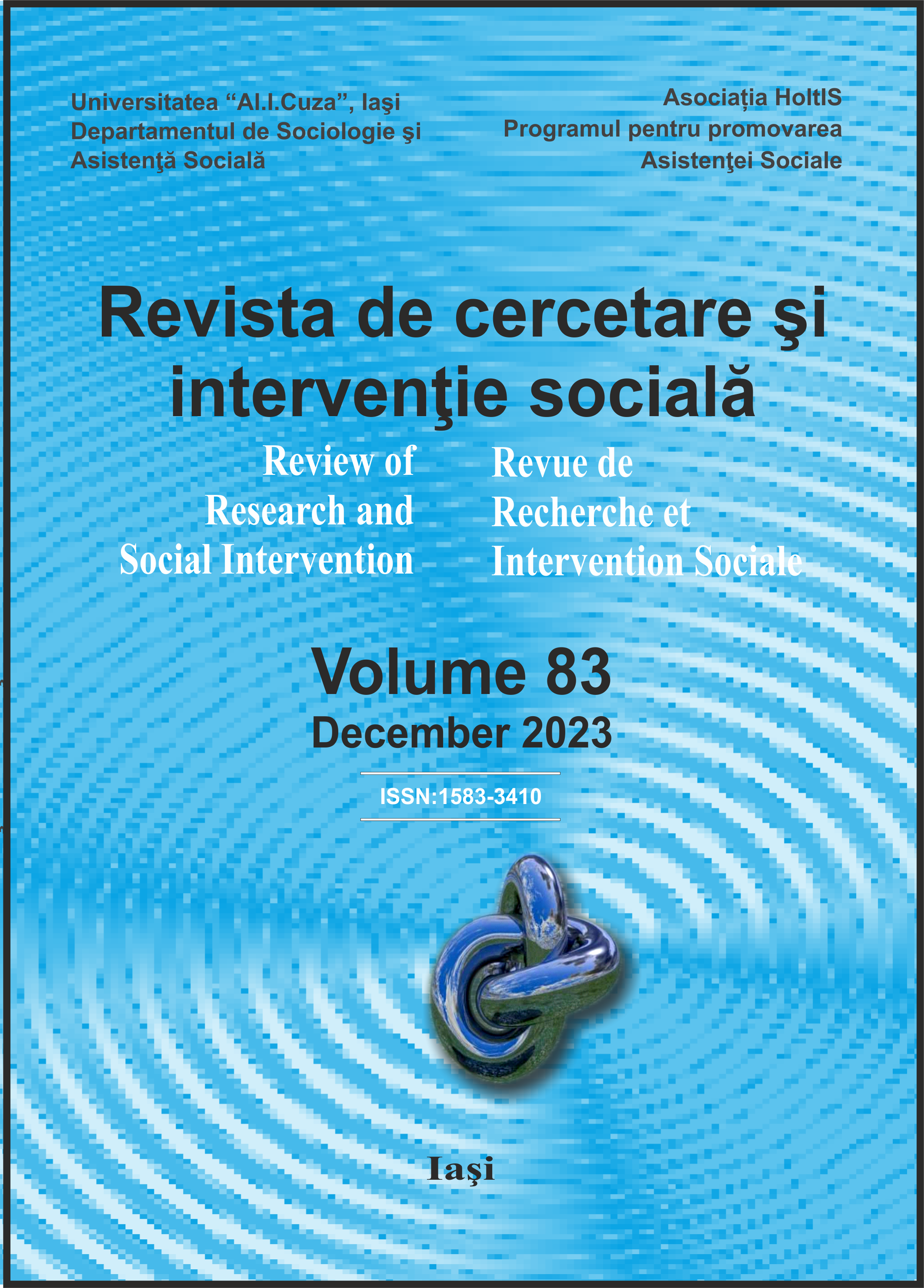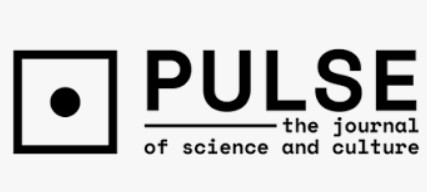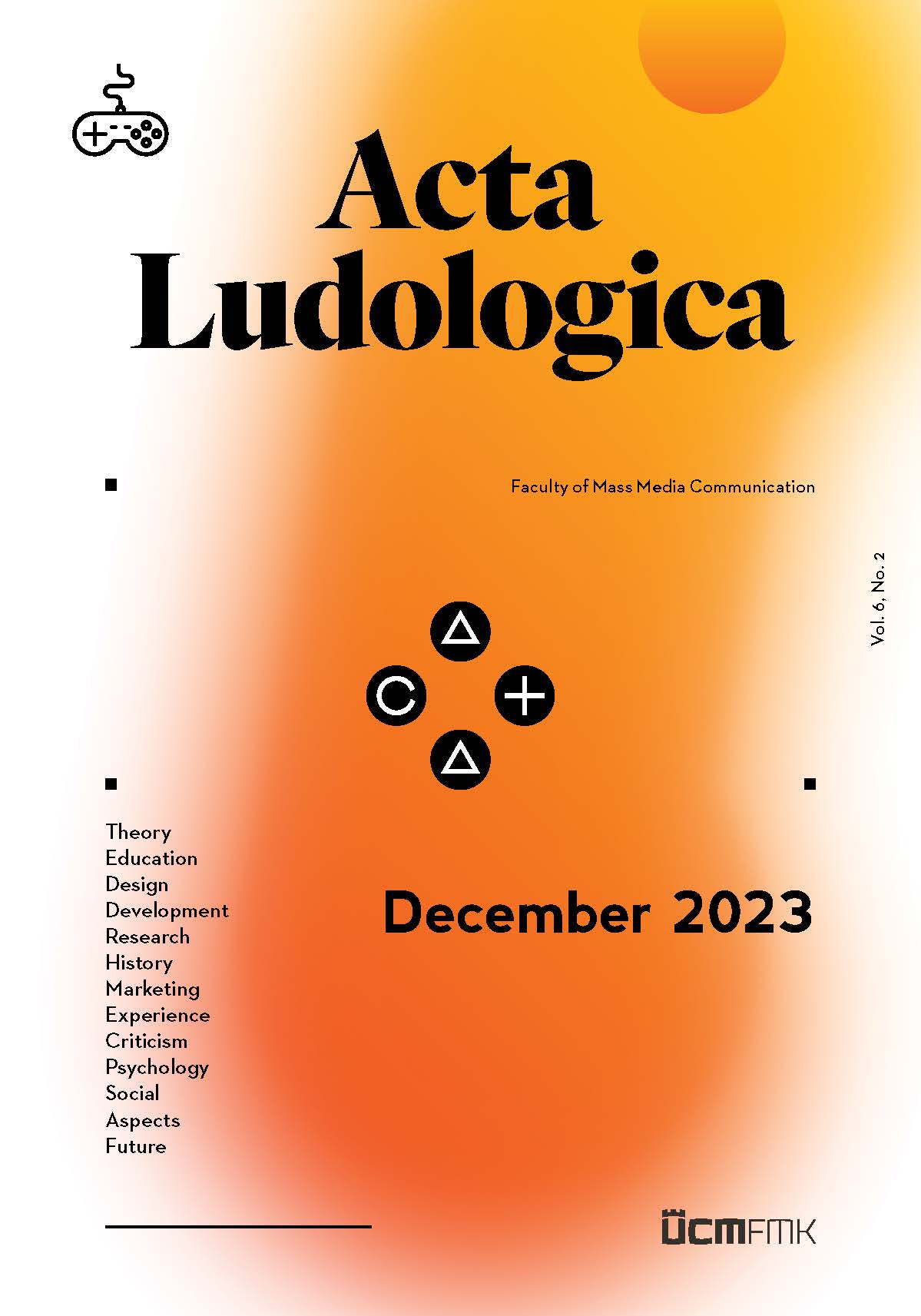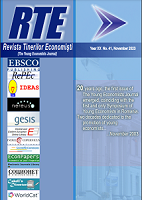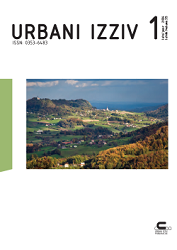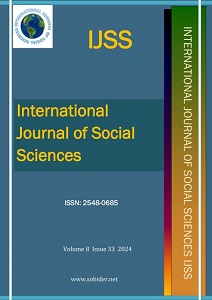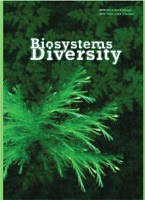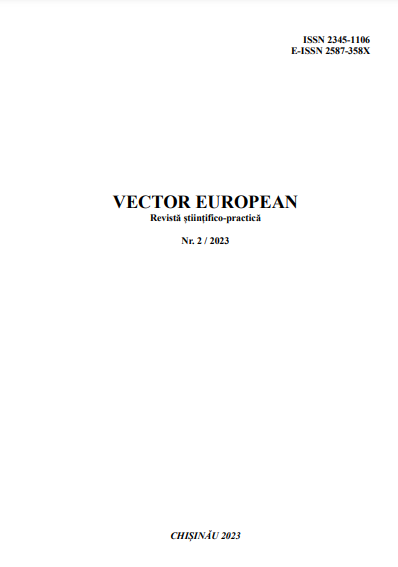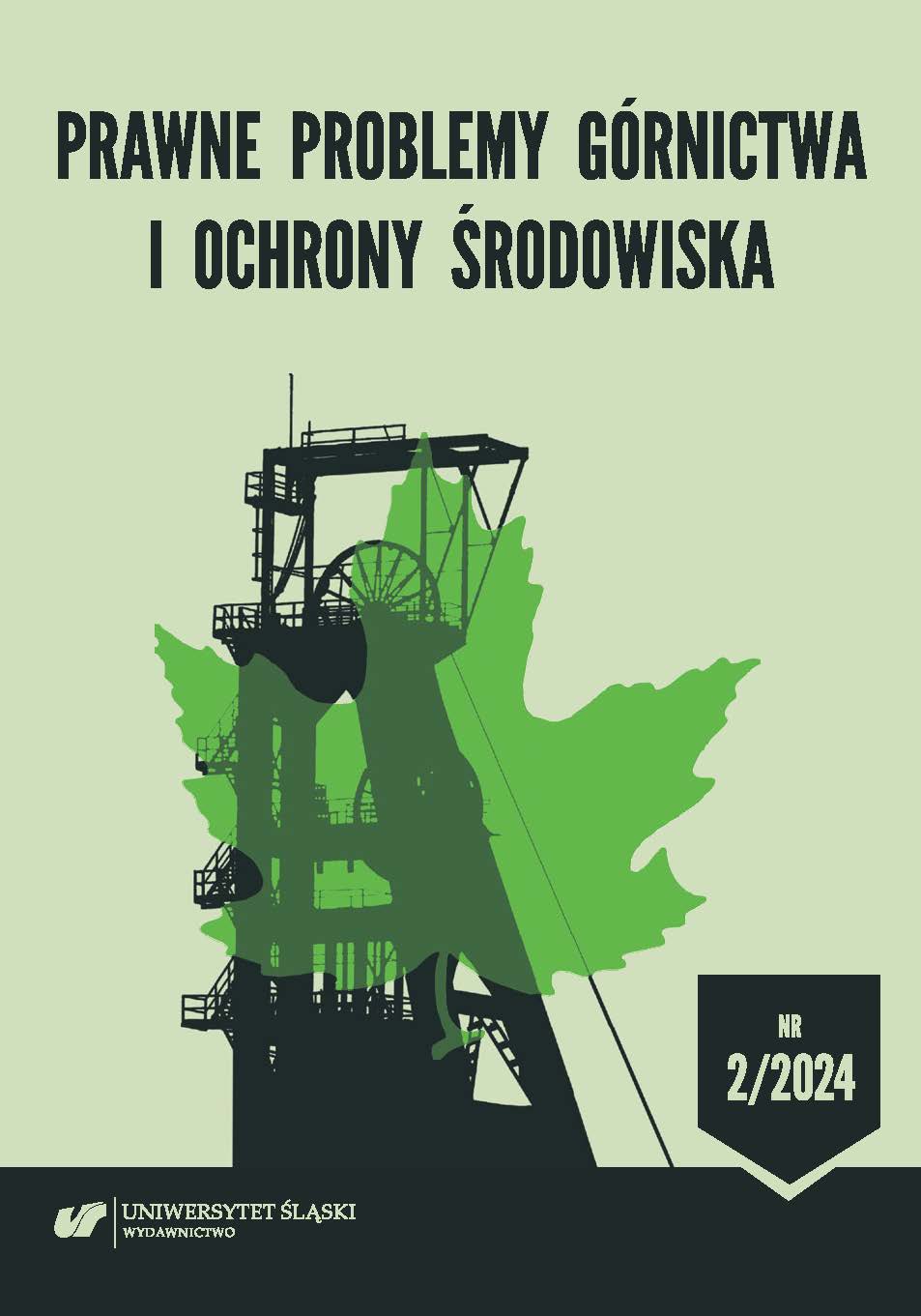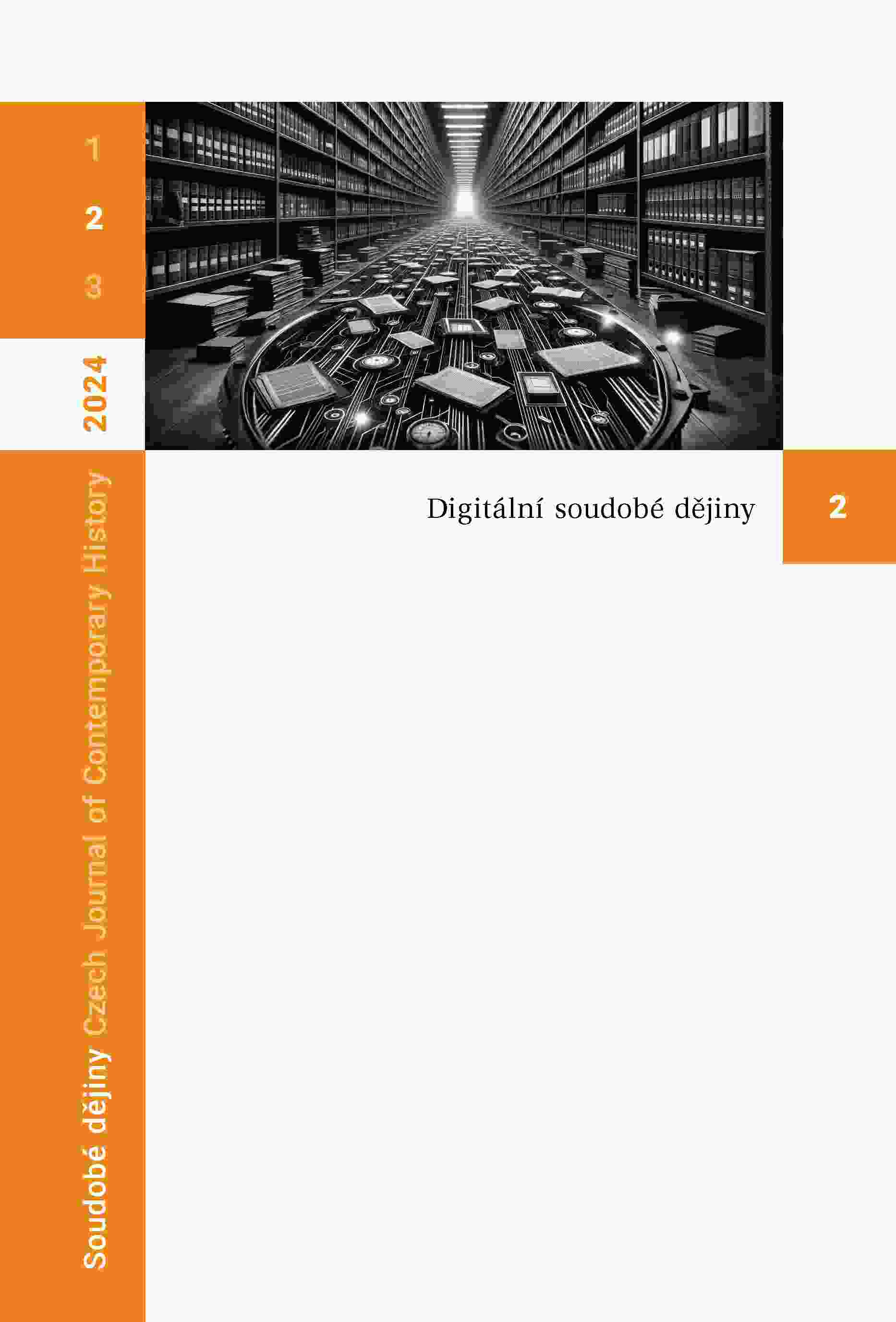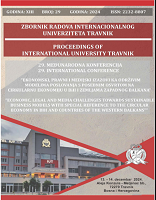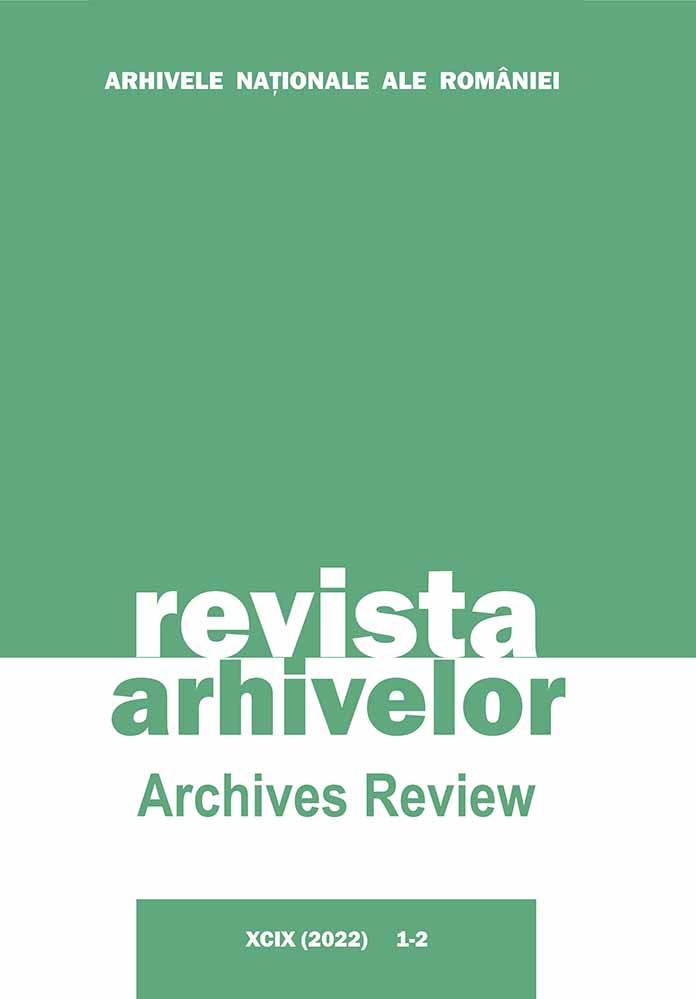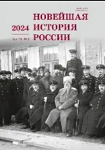Author(s): N. Podpriatova,O. M. Kunakh,O. Zhukov / Language(s): English
Issue: 1/2024
The destruction of soil and vegetation caused by mining, if not prevented through careful planning, is usually extreme, as the original ecosystems have been grossly disturbed or buried in the mining process. A radical reconstruction is therefore necessary. In nature, this happens through the well-known processes of primary succession, without human intervention. In the interests of the economy and the preservation of our natural resources, reclamation should try to involve the same processes. When planning reclamation, it is crucial to clearly define goals, objectives and success criteria to allow for systematic reclamation. The need for methods to assess the effectiveness in achieving environmental and social goals is increasing, especially if agricultural land is to be restored. Over time, reclamation goals may need to be modified depending on the direction of the reclamation succession. The reclamation of mined areas requires the application of monitoring tools to understand the achievement of potential success. This problem can be solved by studying the biodiversity of plant communities and soil factors of mining areas as habitats in industrialized post-mining landscapes. Thus, the reclamation of territories disturbed by industrial activities is planned with the need to correct the trajectory of the restoration process, so it requires indicators that can be used to monitor the success of the planned process. The article tests the following hypotheses: 1) the dynamics of the reclamation process can be monitored using the indices of naturalness and hemeroby; 2) at the initial stages of reclamation, the hemeroby index has an advantage due to its greater sensitivity in this range of anthropogenic transformation levels. The plant community formed as a result of spontaneous growth of the reclamation sites was represented by 70 species of vascular plants. The projective vegetation cover was 22.0± 0.30%. In one test plot, 8.4± 0.1 plant species were found. The analysis of the synoptic phytosociological table revealed that the vegetation cover of the reclamation site was represented by nine associations from the vegetation classes Artemisietea vulgaris and Stellarietea mediae. The hemeroby of the communities averaged 85.0±0.22. The lowest level of hemeroby was found within the Cirsio-Lactucetum serriolae association.The average level of hemeroby was found for the associations Medicagini lupulinae-Agropyretum repentis, Ambrosio artemisiifoliae-Cirsietum setosi and Carduo acanthoidis-Onopordetum acanthi. The highest level of hemeroby was found for the associations Agropyretum repentis and Convolvulo arvensis-Agropyretum repentis. The highest level of hemeroby was observed in those plant communities formed on lithozems on the red-brown clays, and the lowest formed on the pedozems. A negative correlation was found between hemeroby and naturalness for all lithozems. No statistically significant correlation was found for pedozems. For the classification of associations, environmental factors such as salt content in the soil solution, nitrogen content, ombroclimate, light regime, and naturalness are of greatest importance. The traditional application of the hemeroby scale is to assess the level of anthropogenic transformation of an ecosystem, i.e. to quantify how far the ecosystem has deviated from its natural state. In our study, we use the hemeroby index to observe how the plant community returns to its natural state, which can be considered as a marker of the effectiveness of the reclamation process. This approach allows us to contrast the indicators of naturalness and hemeroby, which are formally symmetrical: the higher the hemeroby, the lower the naturalness should be. In a wide range of levels of anthropogenic pressure, this pattern is certainly true. The peculiarity of the naturalness index is that it is more sensitive in the range of anthropogenic transformation that occurs at the initial stages of deviation of the natural community from the natural state at low levels of anthropogenic impact. In turn, the hemeroby index is more sensitive to changes in the community under conditions of a high level of anthropogenic transformation.
More...
